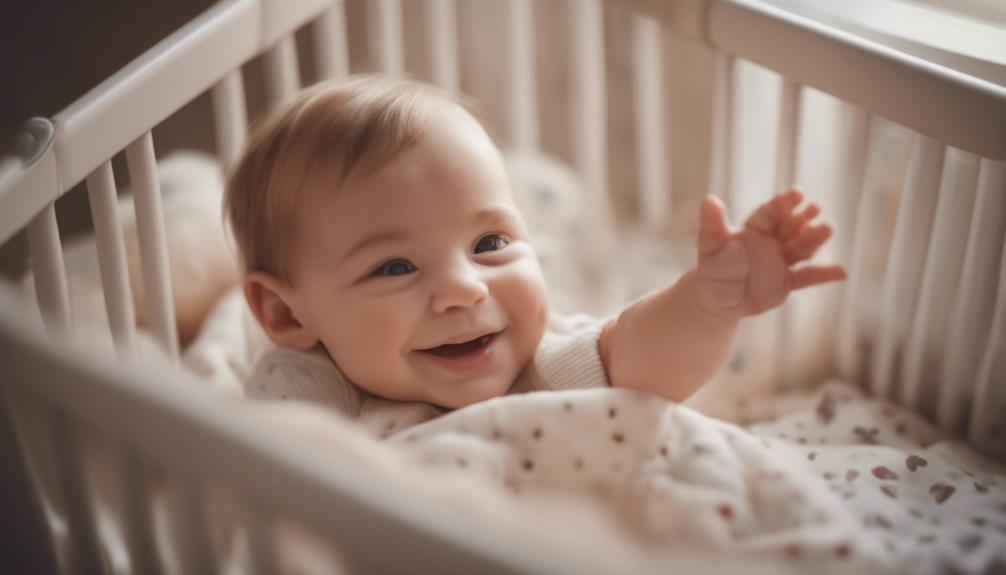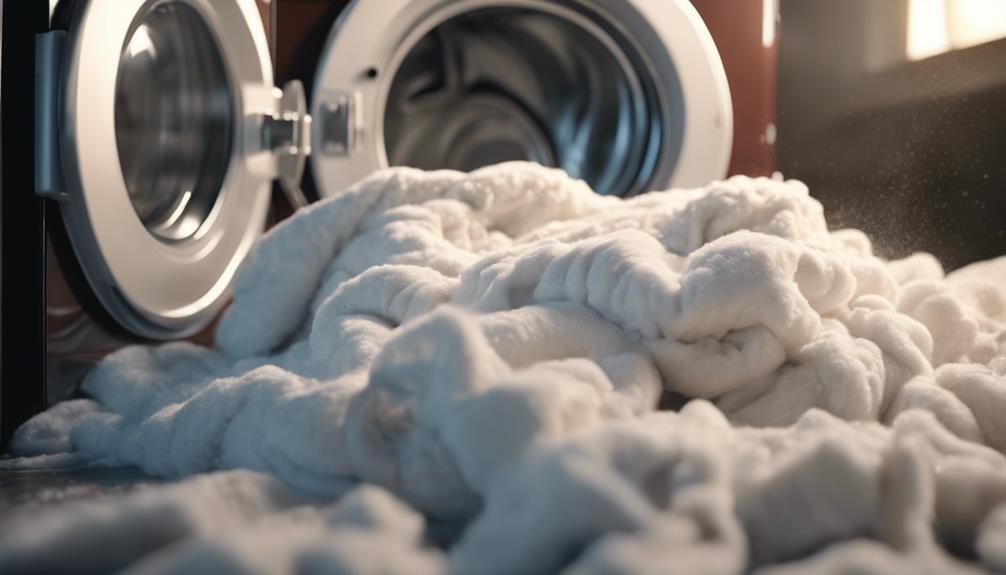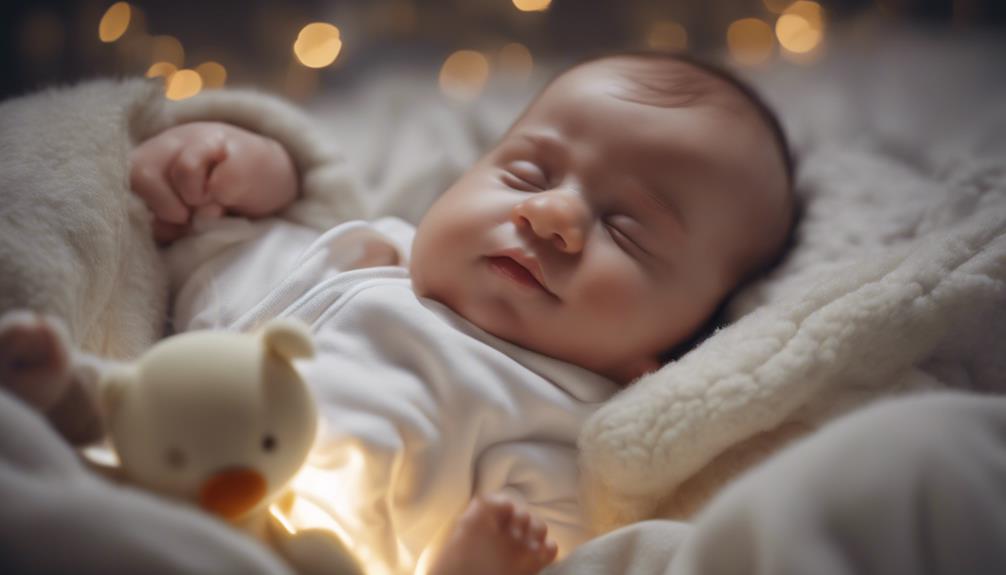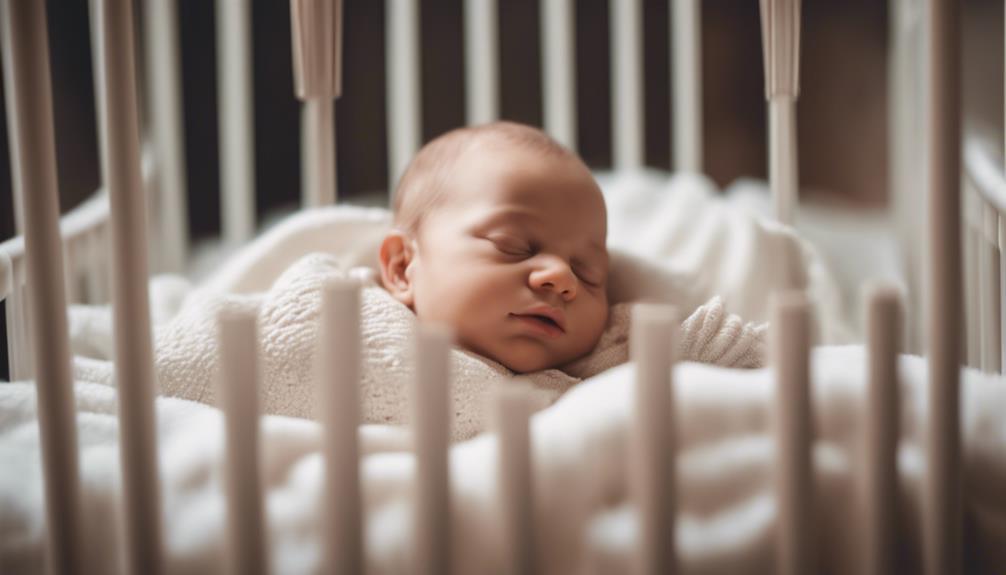Between 9 to 12 months is the appropriate age to introduce a comforter to your baby. It helps establish a safe sleep association and emotional security for your little one. Choose a washable, breathable material for the comforter and always supervise your baby during sleep. Signs of readiness for a comforter include increased attachment to objects and seeking emotional soothing. Keep safety in mind by avoiding small parts or bulky comforters. If curious about further guidance on introducing a comforter successfully, more helpful tips are available to guarantee a smooth introduction for your baby.
Key Takeaways
- Comforters are typically introduced to babies between 9 to 12 months for safe sleep association.
- Babies show readiness for a comforter around 7-10 months through increased attachment and seeking emotional soothing.
- Introducing a comforter around 7-9 months helps babies develop a strong attachment for self-soothing.
- Prioritize safe sleep practices with breathable, safe comforters to reduce suffocation risk.
- Make the comforter smell familiar, introduce during seeking reassurance, and incorporate into daily routines.
Age-Appropriate Time for Comforter Introduction
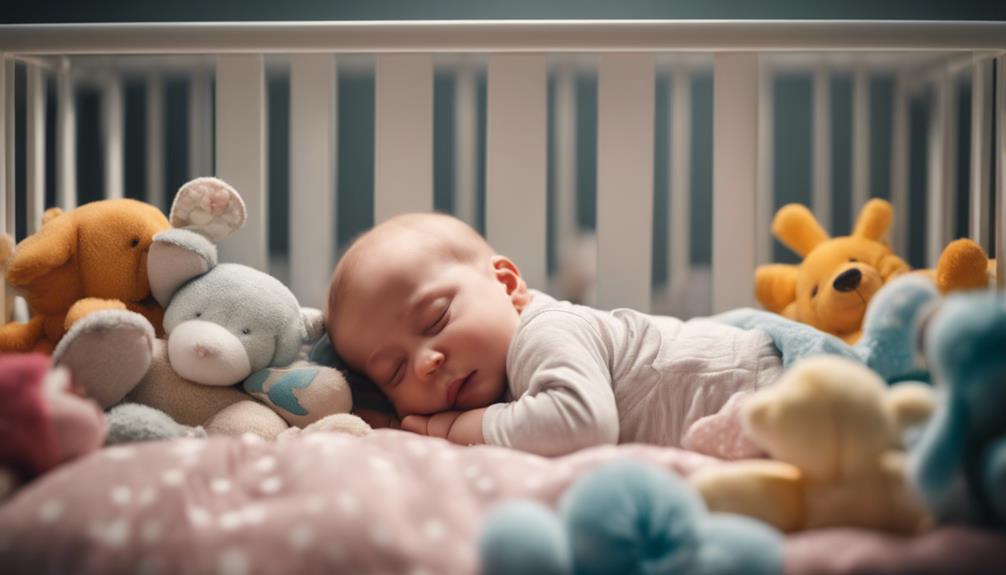
As parents, we typically introduce comforters to our babies between 9 to 12 months, aligning with the recommended age range. Introducing a comforter at this stage can help create a safe sleep association for your little one. It's important to choose a comforter that's safe for babies, such as a washable and breathable material. When placing the comforter in the crib, make sure that it's a supervised sleep environment and always remember the 'back to sleep' guideline to reduce the risk of SIDS.
At around 9 months old, babies may start showing interest in having a comforter as they become more aware of their surroundings and may begin sleeping in their own room. Some babies may not display interest until later stages of development, so it's crucial to observe your child's cues and readiness for this new sleep companion. Before introducing a comforter toy, using a muslin square for association with feeding can be a safe alternative. This gradual introduction can help your baby form a positive association with the comforter during sleep time.
Signs of Readiness for a Comforter
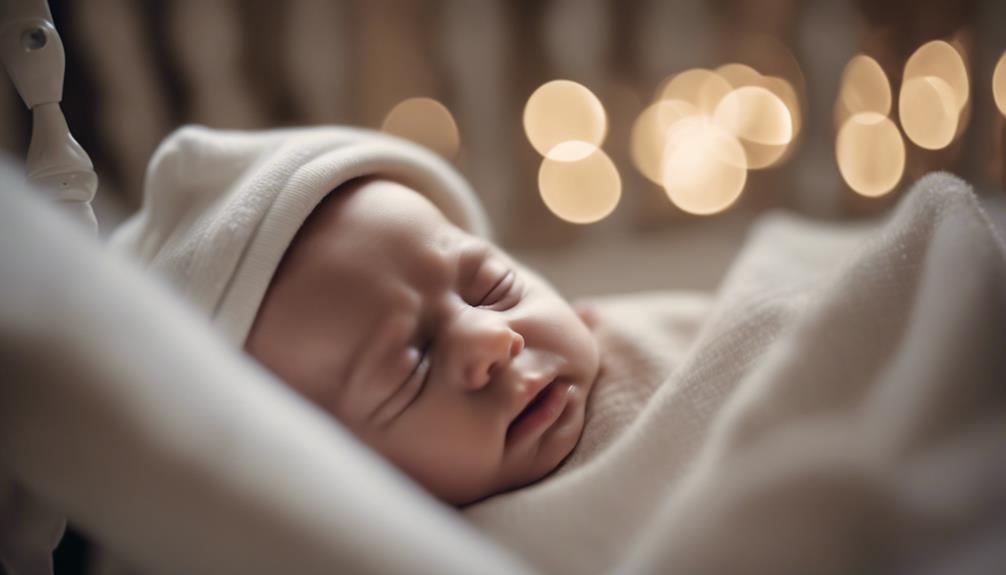
Babies typically signal readiness for a comforter around 7-10 months by seeking reassurance and comfort. Signs of readiness include increased attachment to objects, seeking emotional soothing, and experiencing separation anxiety.
When babies start showing a stronger need for emotional support and security, it may be a good time to introduce a comforter. Pay attention to cues like heightened attachment to specific items or increased clinginess, as these can indicate a baby's readiness for a comforter.
Emotional soothing is essential for babies' development, and a comforter can provide them with a sense of security and comfort during times of distress. By recognizing these signs of readiness, parents can help their babies feel more secure and supported as they navigate through periods of emotional vulnerability.
Introducing a comforter at the right time can aid in fostering a sense of attachment and emotional well-being in babies.
Benefits of Using a Comforter for Babies
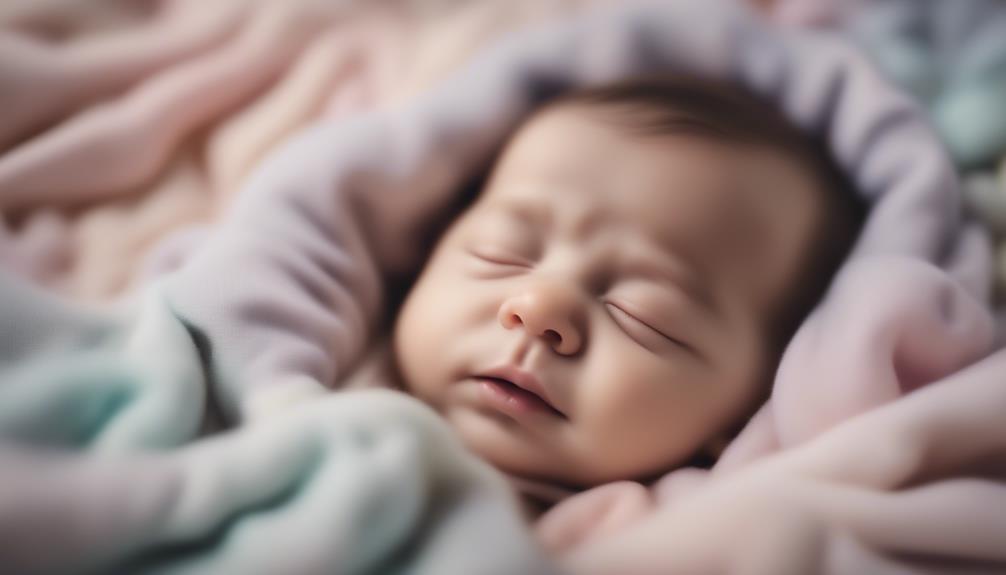
When babies show signs of readiness for a comforter, it becomes evident that these items can play an important role in providing emotional soothing and security for them. Introducing a baby comforter around 7-9 months old can help them develop a strong attachment to a safe sleep object, which can offer comfort and reassurance.
Babies who have a comforter often learn to soothe themselves to sleep, promoting better sleep habits and emotional regulation. While some may worry that attachment to a comfort object indicates insecurity, it's a normal part of a child's development and can aid in their emotional well-being. Choosing a safe and breathable comforter is vital for ensuring the baby's safety while benefiting from the comforter's soothing effects.
Safety Considerations When Giving a Comforter
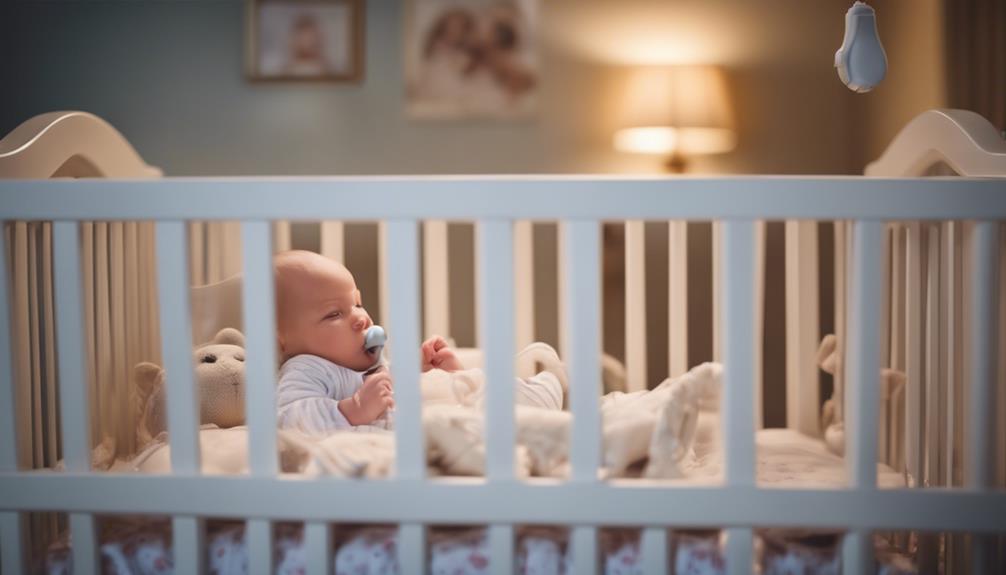
Taking safety into account when giving a comforter to a baby is important to prevent potential hazards and guarantee peaceful sleep. When introducing a comforter to babies and toddlers, it's essential to prioritize safe sleep practices.
To guarantee safety, avoid comforters with small parts, ties, or batteries that could pose choking hazards. Opt for breathable fabrics to promote comfort and reduce the risk of suffocation during sleep. Additionally, make sure the comforter is an appropriate size and not too bulky to prevent any potential breathing issues. Supervising the use of the comforter is crucial to address any safety concerns promptly.
Following safe sleep guidelines is essential when incorporating a comforter into your baby's sleep routine. By being mindful of these safety considerations, you can create a secure environment for your little one to enjoy the comfort and reassurance provided by a cozy comforter.
Tips for Successfully Introducing a Comforter
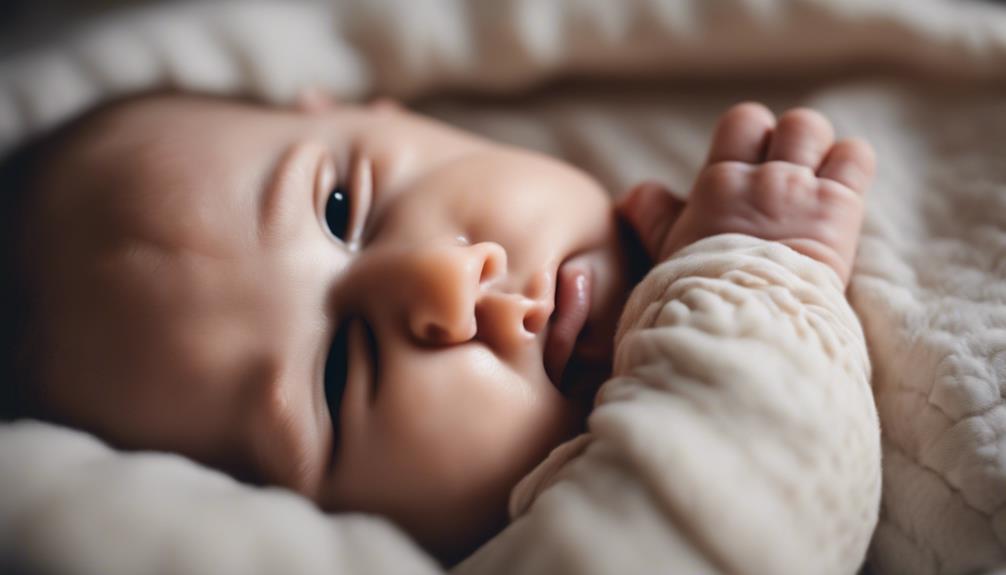
To successfully introduce a comforter to a baby, consider making the item smell familiar by having a parent sleep with it beforehand. This can help the baby associate the comforter with the parent's scent, providing a sense of security and comfort. It's important to introduce the comforter around 7-9 months when the baby is seeking reassurance and comfort. Incorporate the comforter into various daily routines like feeding times, playtime, and bedtime to establish familiarity.
When introducing the comforter for supervised sleep between 7-12 months, make sure it's a safe and washable item. Select a comforter that's free of potential choking hazards and easy to clean to maintain a healthy sleep environment for the baby. By following these tips, you can help your baby form a positive attachment to the comforter and promote safe sleep practices.
Frequently Asked Questions
When Should I Introduce a Comforter to My Baby?
When introducing a comforter to your baby, consider their age and developmental stage. Typically, between 7 and 10 months is ideal, as younger babies may not benefit as much.
It's generally safe to leave a comforter unattended in the cot around 7 months. Keep in mind that the Australian Competition and Consumer Commission advises against unsupervised soft toys in the cot until 12 months.
Understanding your baby's readiness and safety guidelines is key.
Can 1 Year Old Have Comforter?
At 1 year old, it's safe and beneficial for children to have a comforter for emotional support. This can aid in bedtime routines, provide a sense of security, and help with self-soothing.
Supervised use of a comforter at this age can offer comfort during changes and separations. Introducing a comforter around 1 year old can promote emotional well-being and attachment. It's a helpful tool for many children in their development.
At What Age Can Babies Have Bedding?
Babies can typically have bedding introduced to their cot around 6 months of age, following safe sleep guidelines. It's important to wait until this age to guarantee a safe sleep environment.
At this point, parents can consider giving their baby a comforter between 7 and 10 months to help with separation anxiety. Opt for age-appropriate, safe sleep comforters to promote feelings of security and comfort for your little one.
When Can You Put a Baby in a Crib Comforter?
We can introduce a comforter to a baby in the crib around 7-12 months of age. It's important to wait until this age to guarantee the baby's safety during sleep.
Opt for a lightweight, breathable comforter to reduce risks of suffocation in the crib. Supervise the baby's use of the comforter to maintain a secure sleep environment.
This approach can offer comfort and security to the baby during bedtime.
At What Age Can I Introduce a Comforter to My Baby?
When using baby comforter guidelines, it is generally safe to introduce a comforter to your baby once they reach 7-12 months of age. It’s important to choose a comforter that is small, lightweight, and made of breathable fabric to reduce the risk of suffocation. Always supervise your baby when using a comforter.
Conclusion
To sum up, introducing a comforter to your baby at an age-appropriate time can provide them with comfort and security. Remember to look for signs of readiness, consider the benefits, and prioritize safety when giving a comforter to your little one.
By following these tips and guidelines, you can help make the shift smoother and more enjoyable for both you and your baby. So, don't hesitate to offer a comforting companion to your little one when the time is right.
